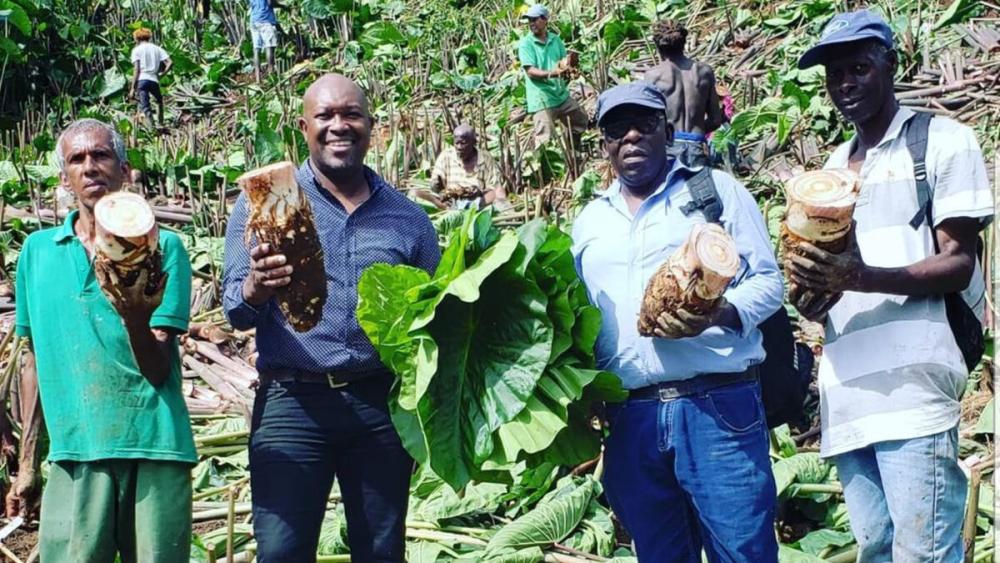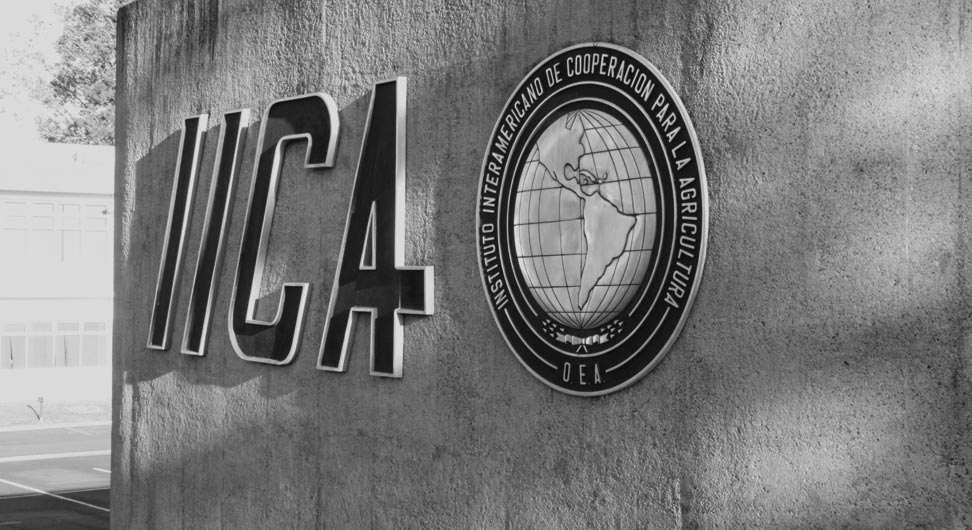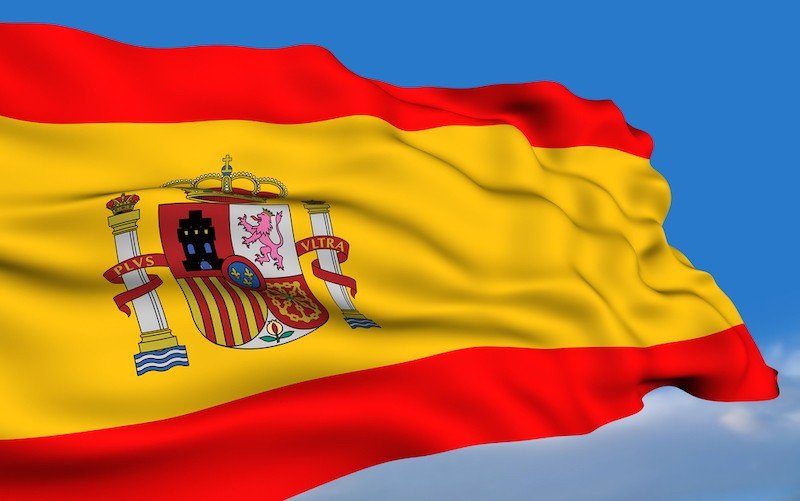El taro, conocido también como malanga en algunos países de América Latina, ha sido clave últimamente para diversificar la agricultura de este país insular.

Kingstown, 10 de febrero de 2022 (IICA). El taro, hortaliza de gran valor nutricional crecientemente demandada en los mercados internacionales, fue declarado cultivo prioritario en San Vicente y las Granadinas, sobre la premisa de que su cadena de valor puede ser una herramienta fundamental para el desarrollo económico y social de la nación caribeña.
El taro, conocido también como malanga en algunos países de América Latina, ha sido clave últimamente para diversificar la agricultura de este país insular, que durante décadas dependió casi exclusivamente del cultivo del banano. Hoy, la exportación a países como Estados Unidos, Francia y el Reino Unido ha generado la expansión de las áreas de cultivo de este tubérculo, que ha sido fuente de alimentación tradicional en muchas zonas tropicales del mundo y actualmente es un commodity de valor estratégico para los países caribeños.
El ministro de Agricultura, Silvicultura, Pesca, Transformación Rural, Industria y Trabajo de San Vicente y las Granadinas, Saboto Caesar, comprometió el apoyo estatal a la producción de taro, que a pesar de su enorme crecimiento en el territorio en los últimos años aún tiene potencial para expandirse, debido a que la demanda local, regional e internacional todavía no está completamente satisfecha.
El Ministerio organizó este mes un encuentro con más de 250 agricultores, comercializadores y otros integrantes de la cadena de valor del taro, en el que se discutió cómo acompañar el crecimiento sostenible de la producción y cómo garantizar que los pequeños productores reciban un precio justo por su trabajo.
Oro azul para el desarrollo
El taro es conocido como “oro azul”, debido a que la mayoría de sus variedades adquieren una tonalidad suave de ese color al ser cocinadas. Los suelos volcánicos de San Vicente son ideales para su cultivo y las cenizas depositadas en áreas agrícolas del país por la erupción en 2021 del volcán La Soufrière le han agregado un sabor particular.
Se trata de un tubérculo de gran versatilidad que puede ser utilizado en salsas, helados, pizzas, ensaladas o sopas. Por su parecido a la papa, sus frutos pueden freírse, hervirse o asarse, mientras que las hojas son similares a la espinaca y pueden cocinarse de diversas maneras.
El taro es rico en fibra, vitaminas y minerales y, además de su alto valor nutricional, cuenta también con propiedades medicinales.
También para los agricultores es un cultivo que ofrece grandes ventajas, porque requiere pocos insumos productivos y sus rendimientos son altos.
El taro, además, es resiliente para soportar eventos climáticos extremos como inundaciones y tiene escaso impacto sobre los recursos naturales, lo que lo convierte en amigable con el ambiente.
Su crecimiento demora entre 7 y 12 meses, tiempo en el que no se producen intervenciones en el suelo, lo que favorece el secuestro de carbono y la mitigación del cambio climático. Además, como toda la planta puede utilizarse para cocinar, no genera prácticamente residuos y produce una baja huella de carbono.
Más información:
Gerencia de Comunicación Institucional
comunicacion.institucional@iica.int










